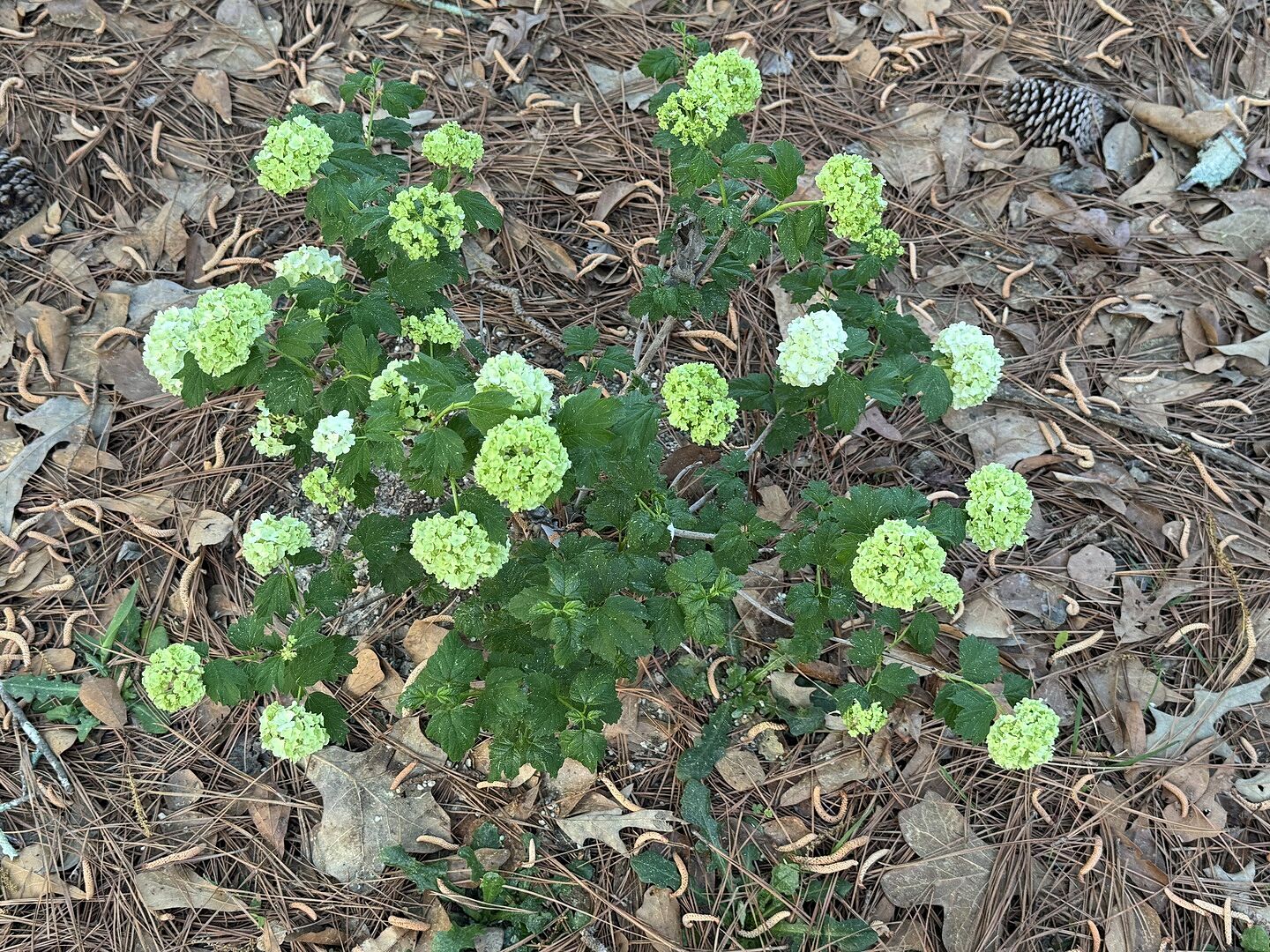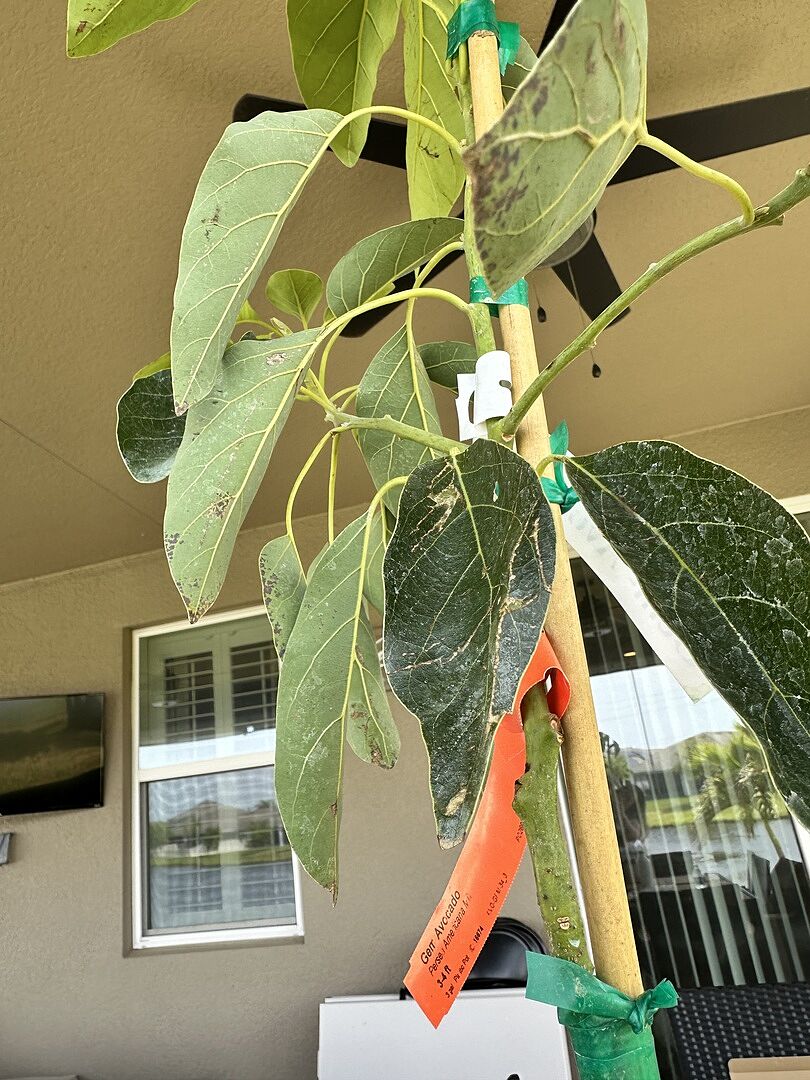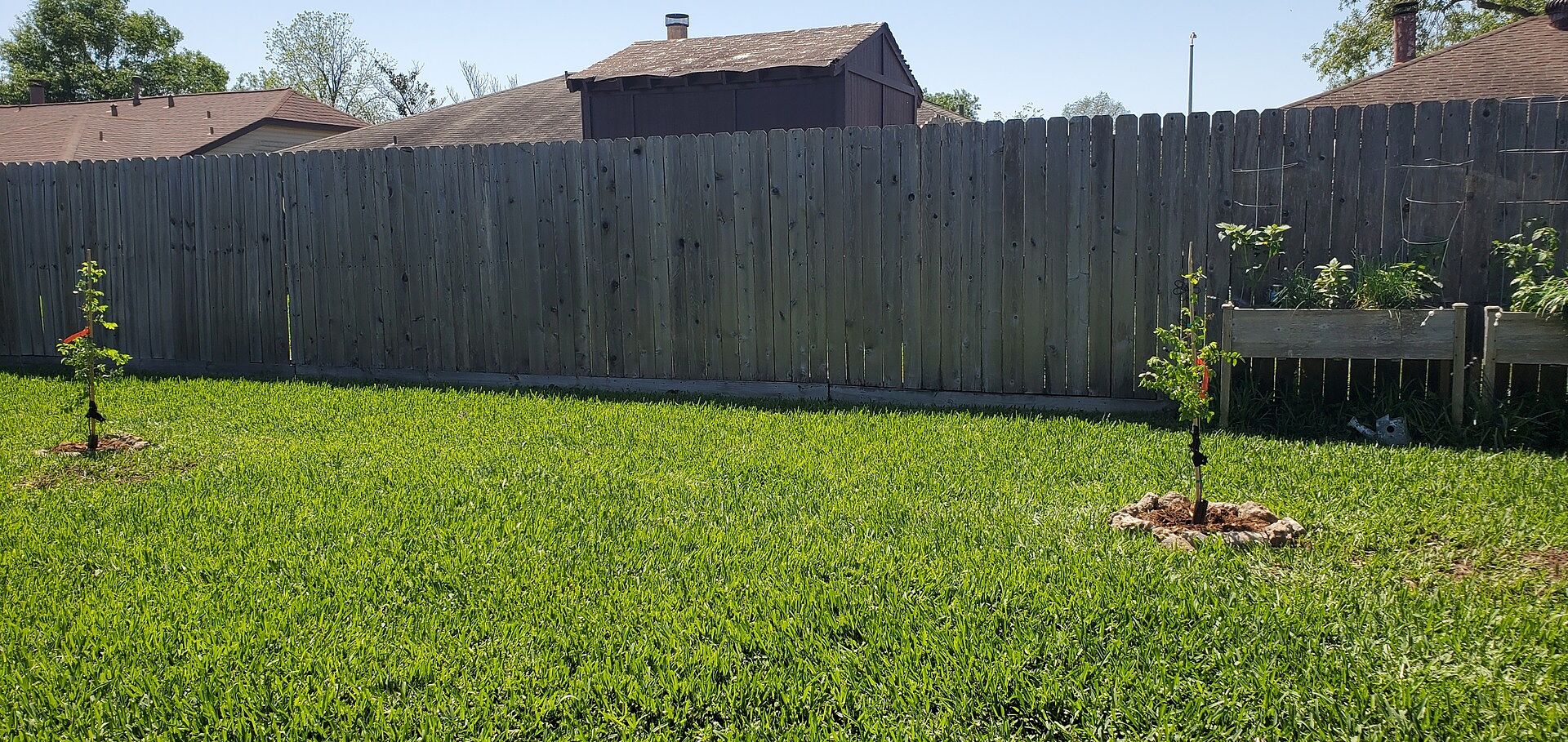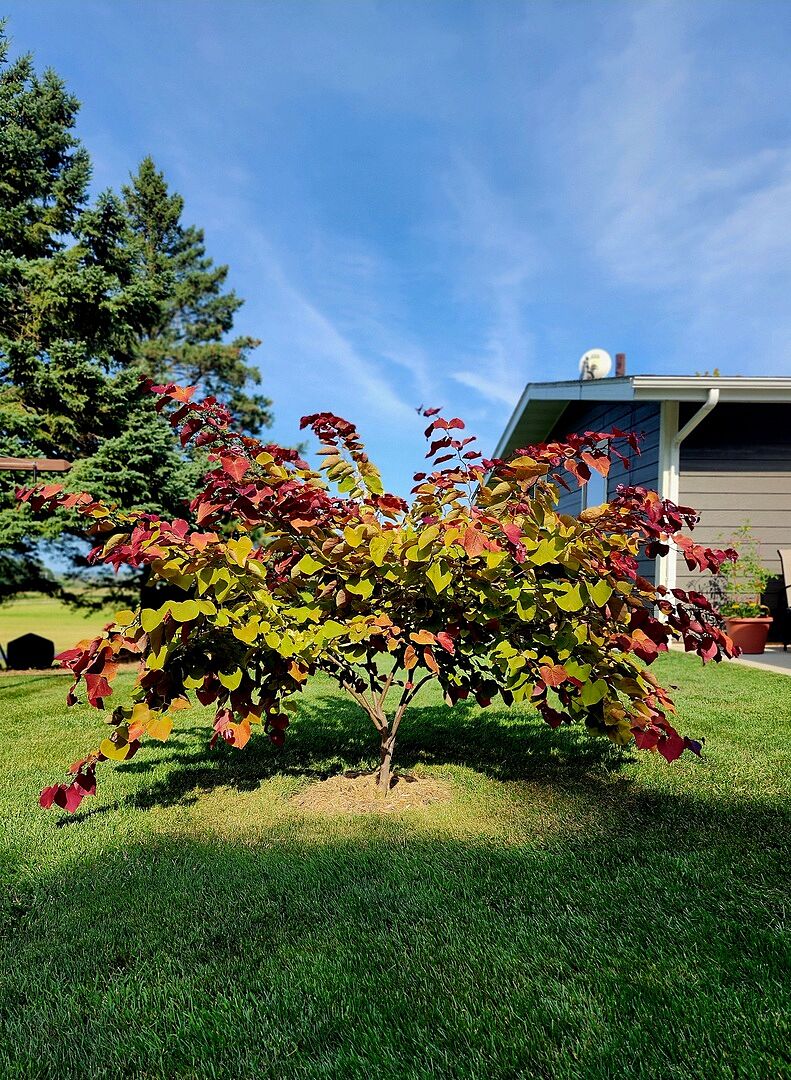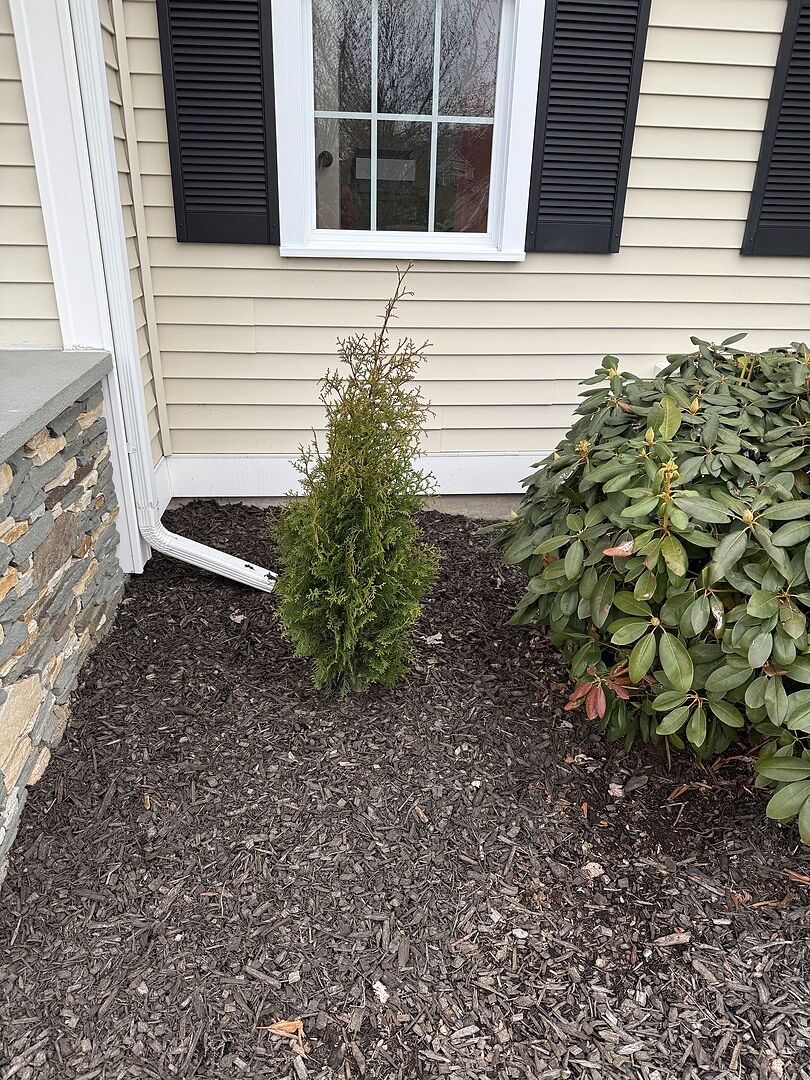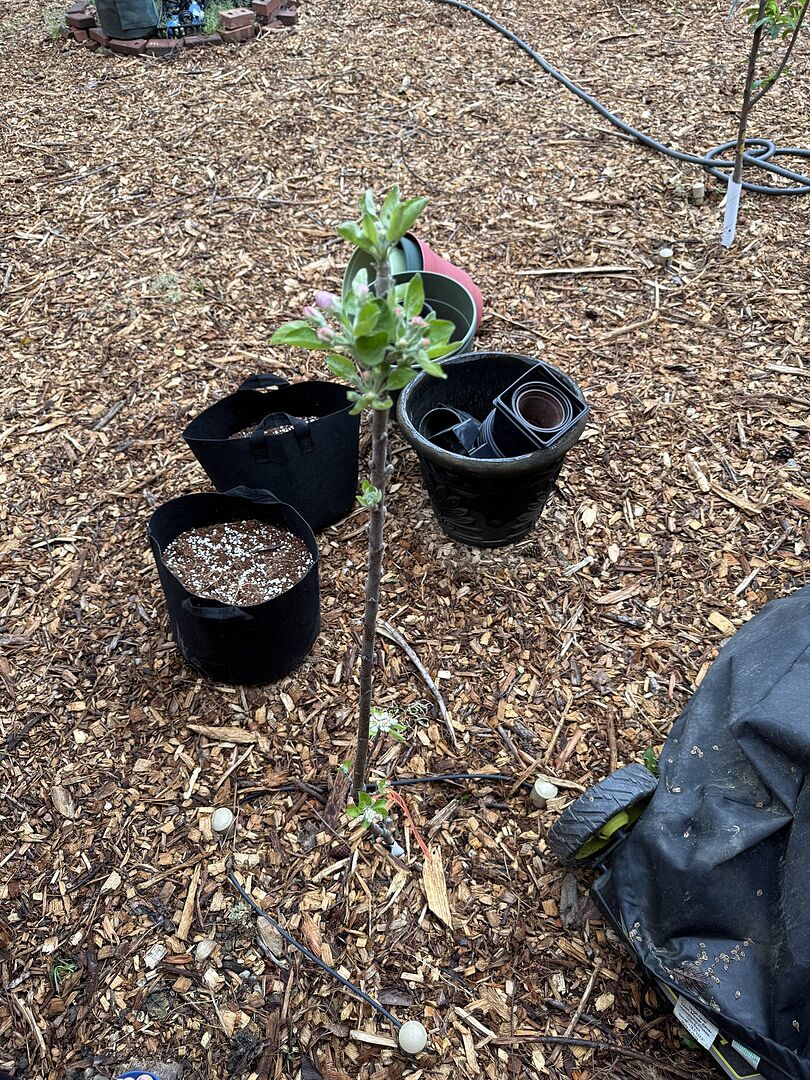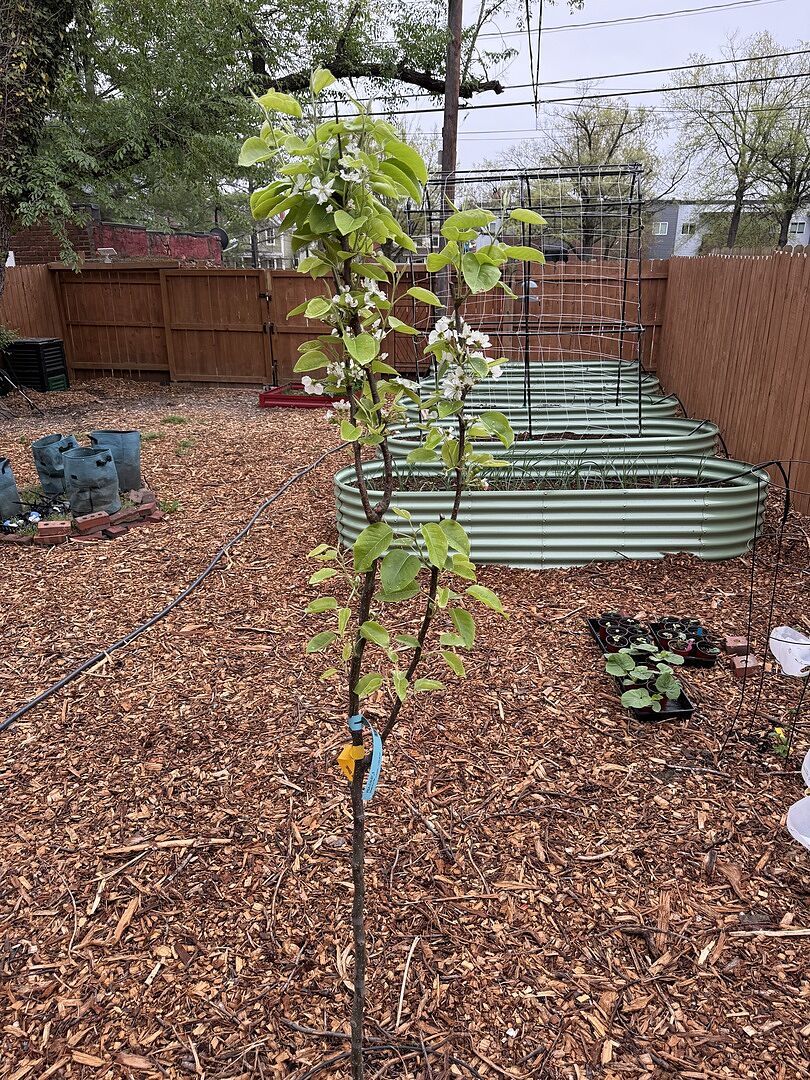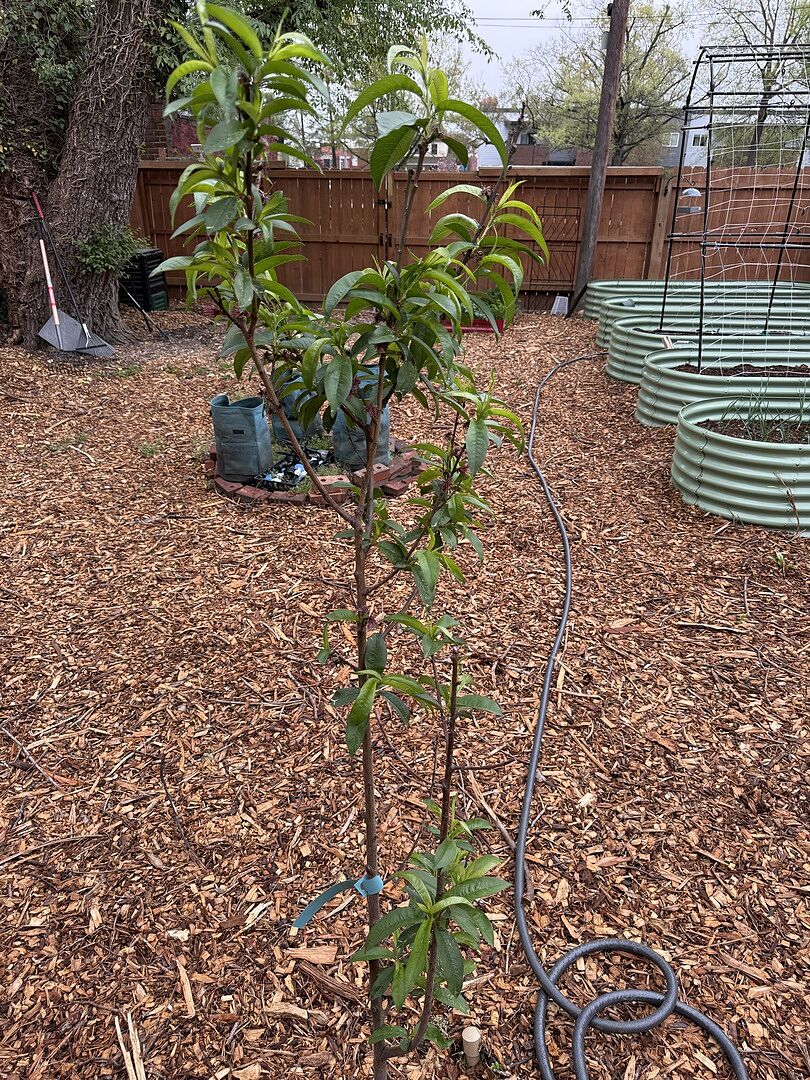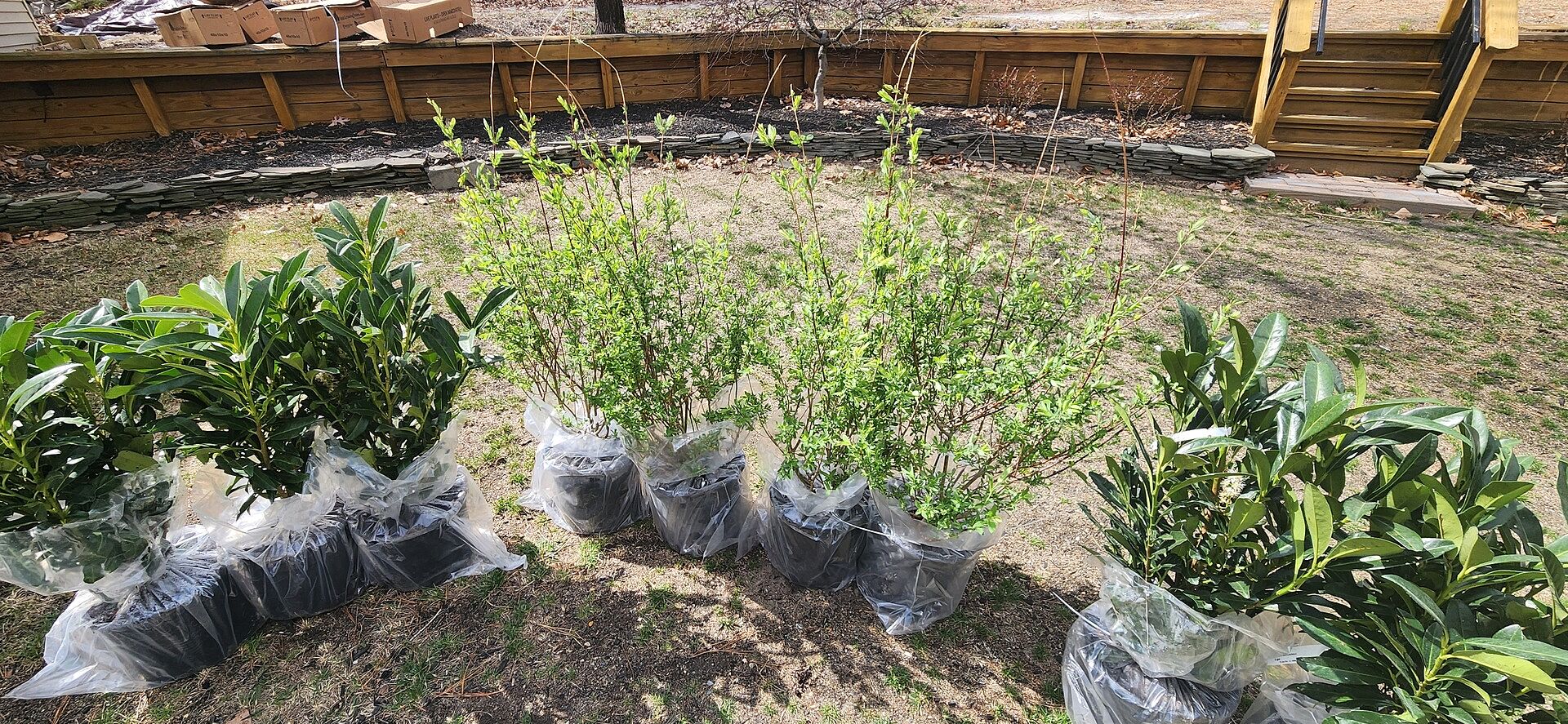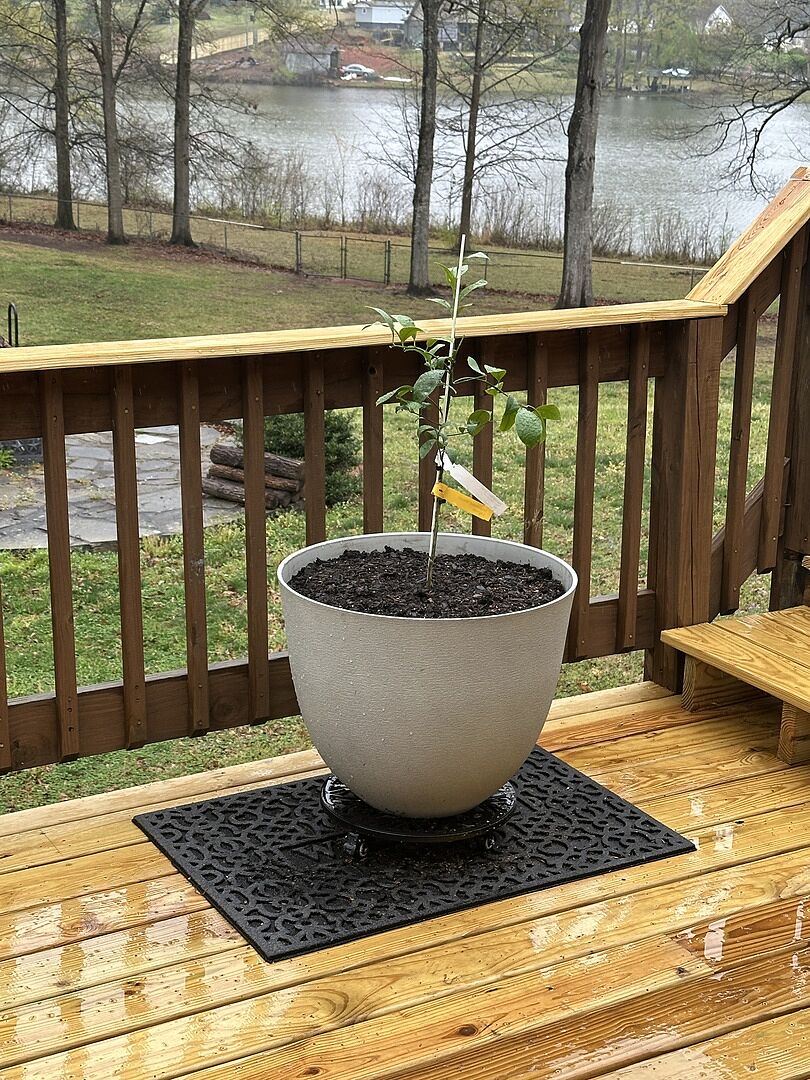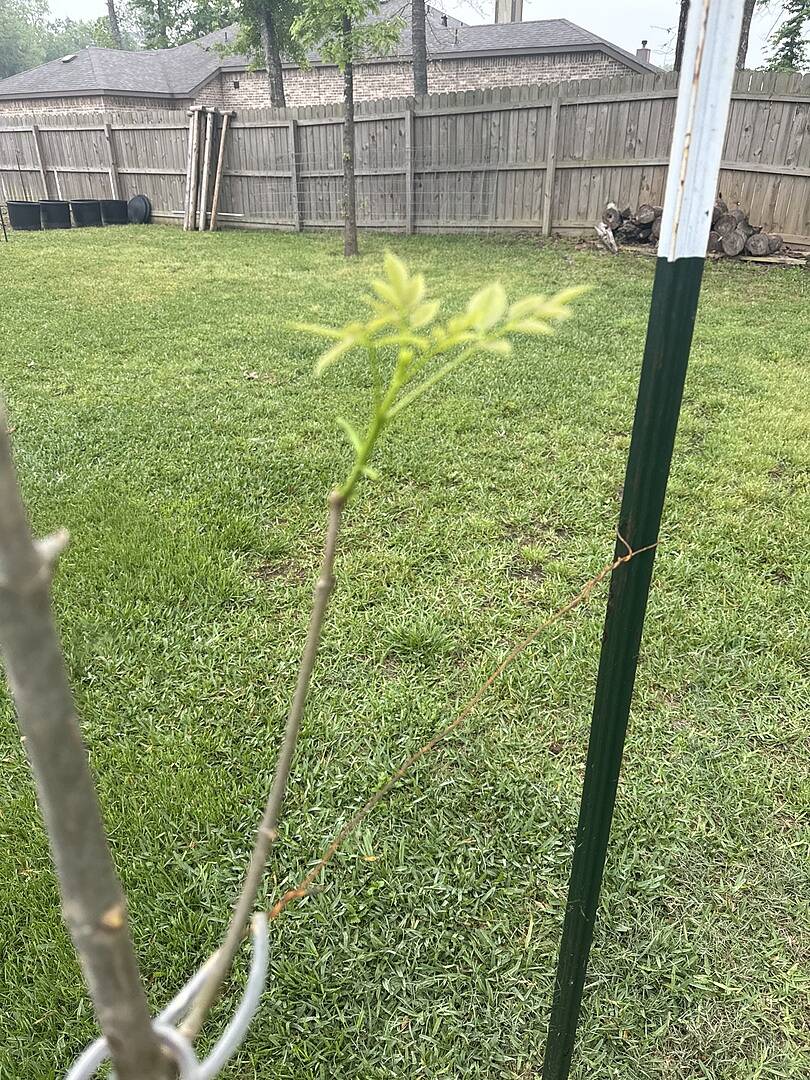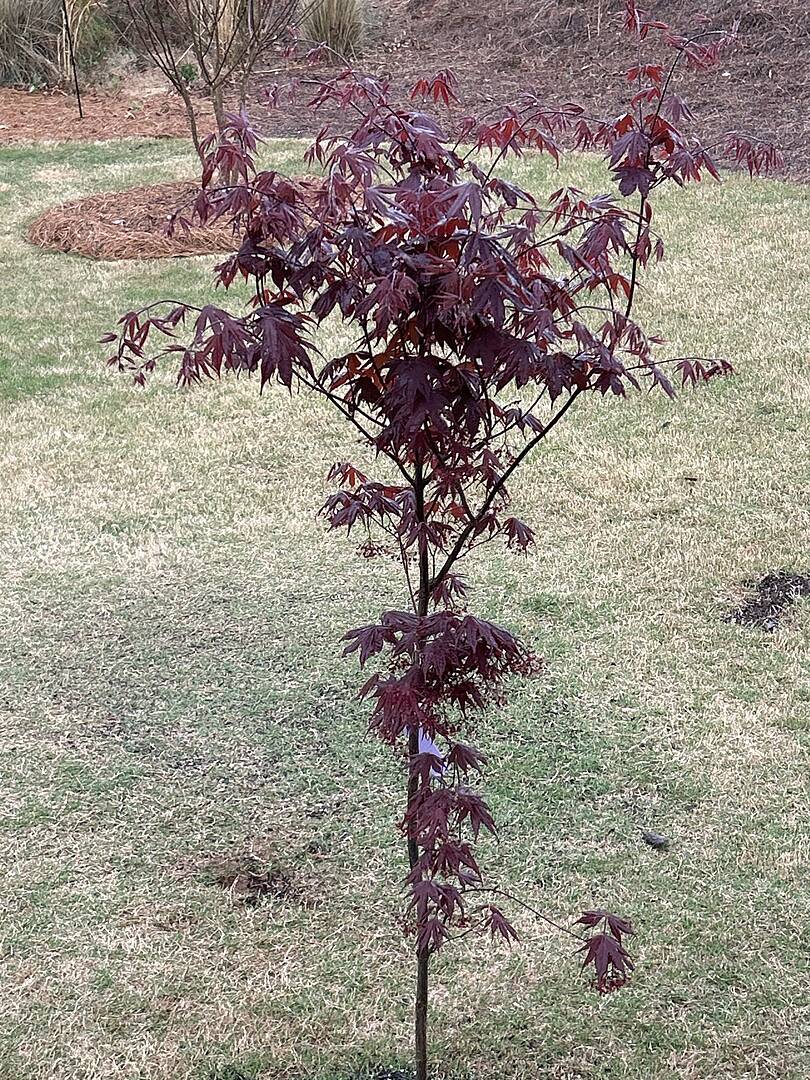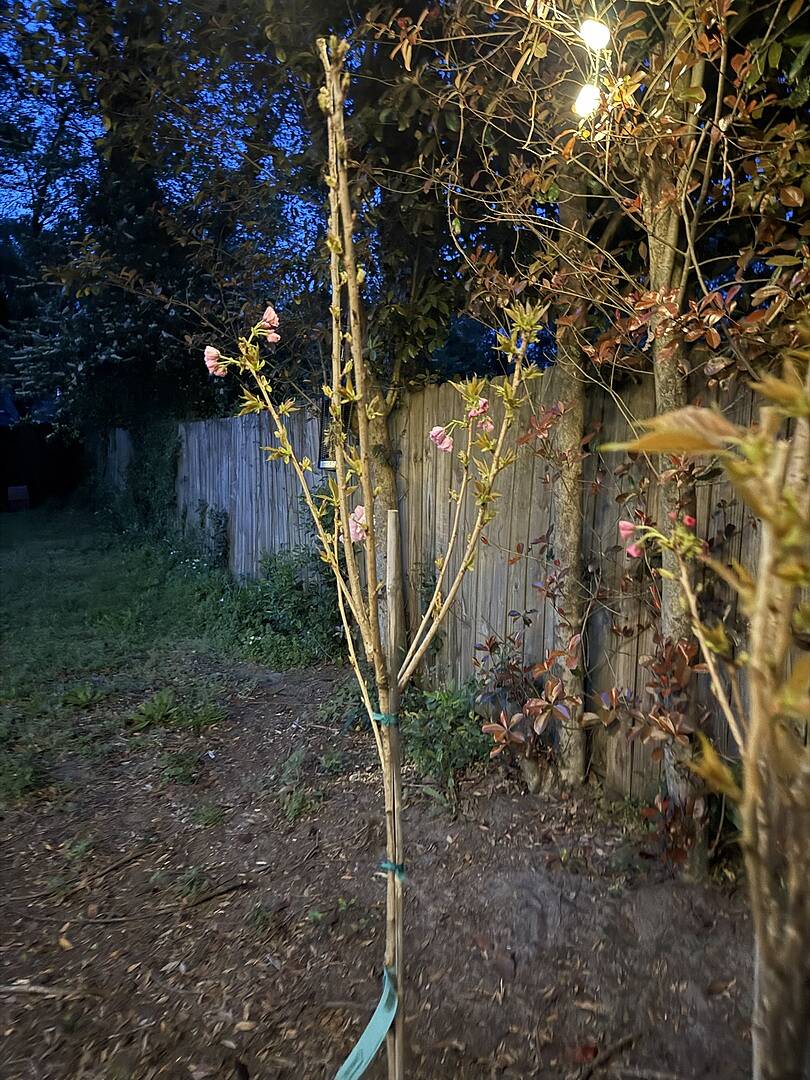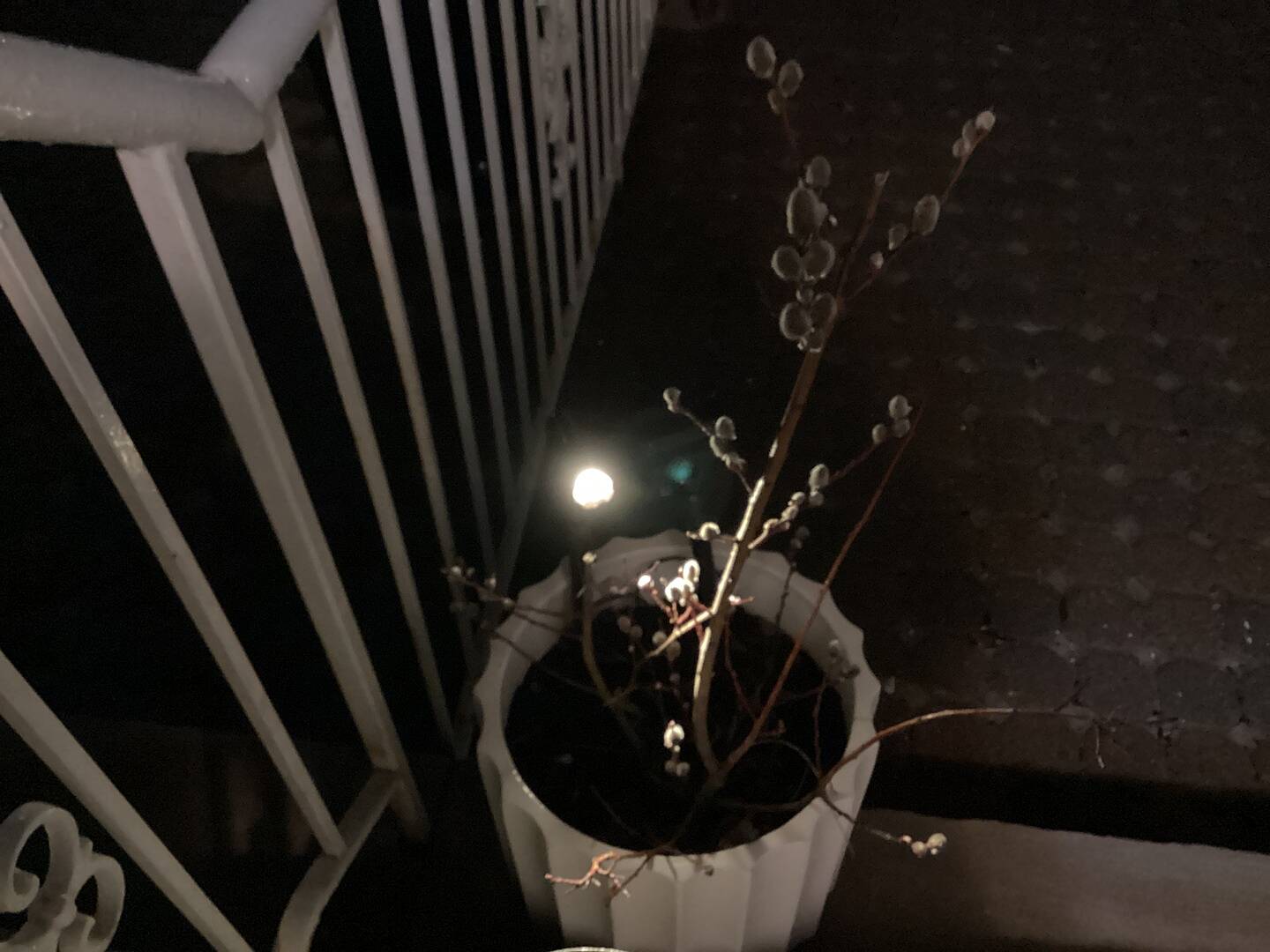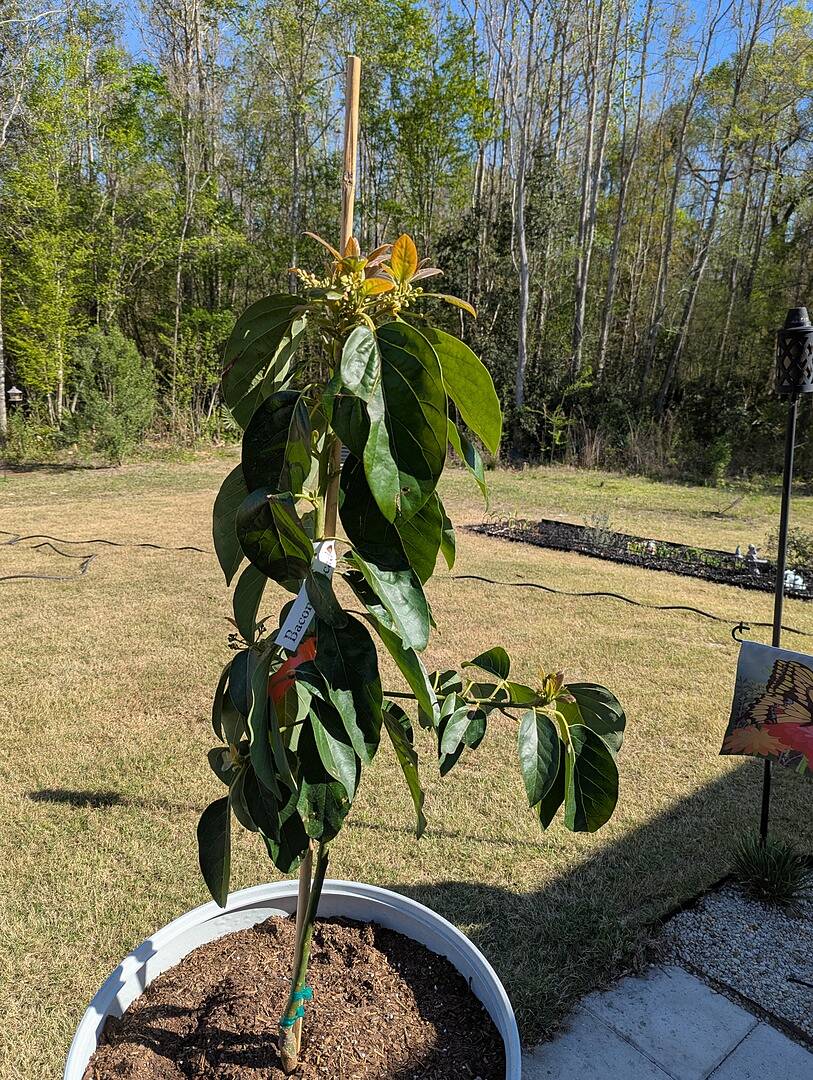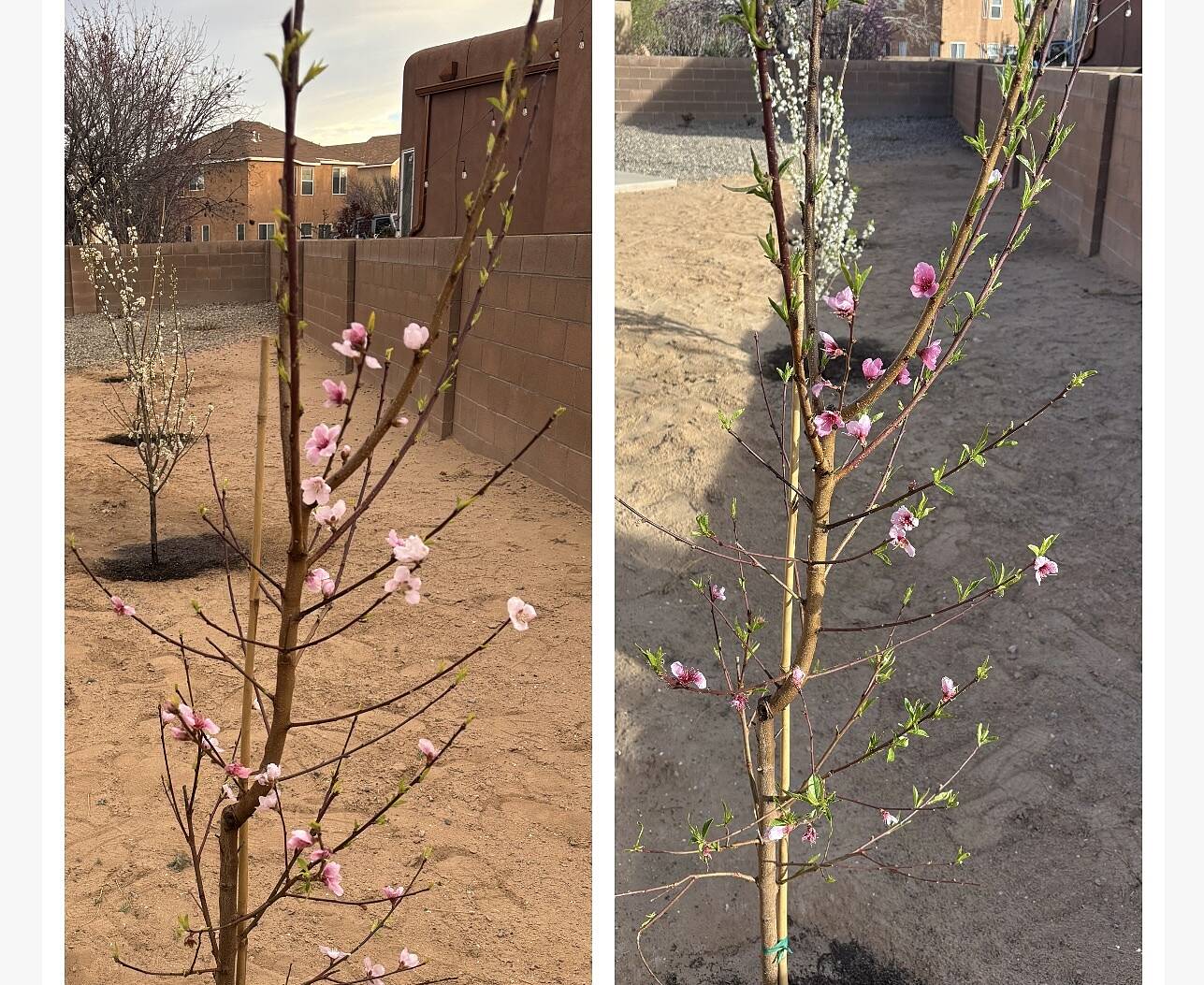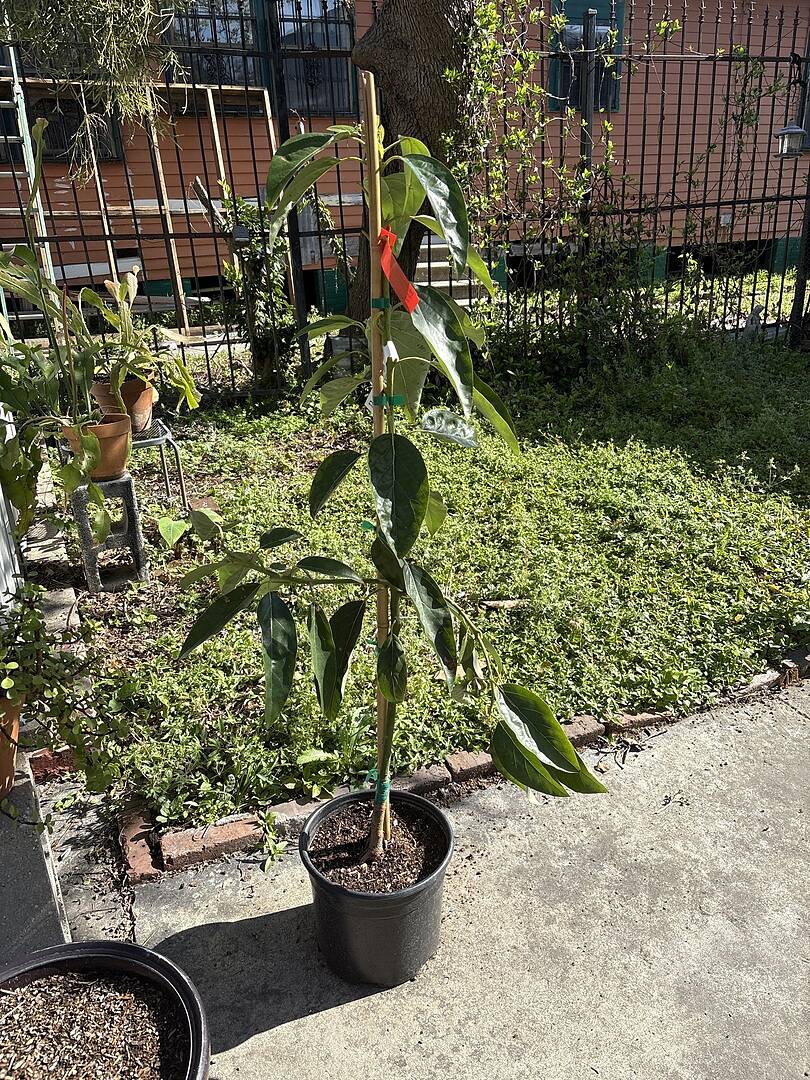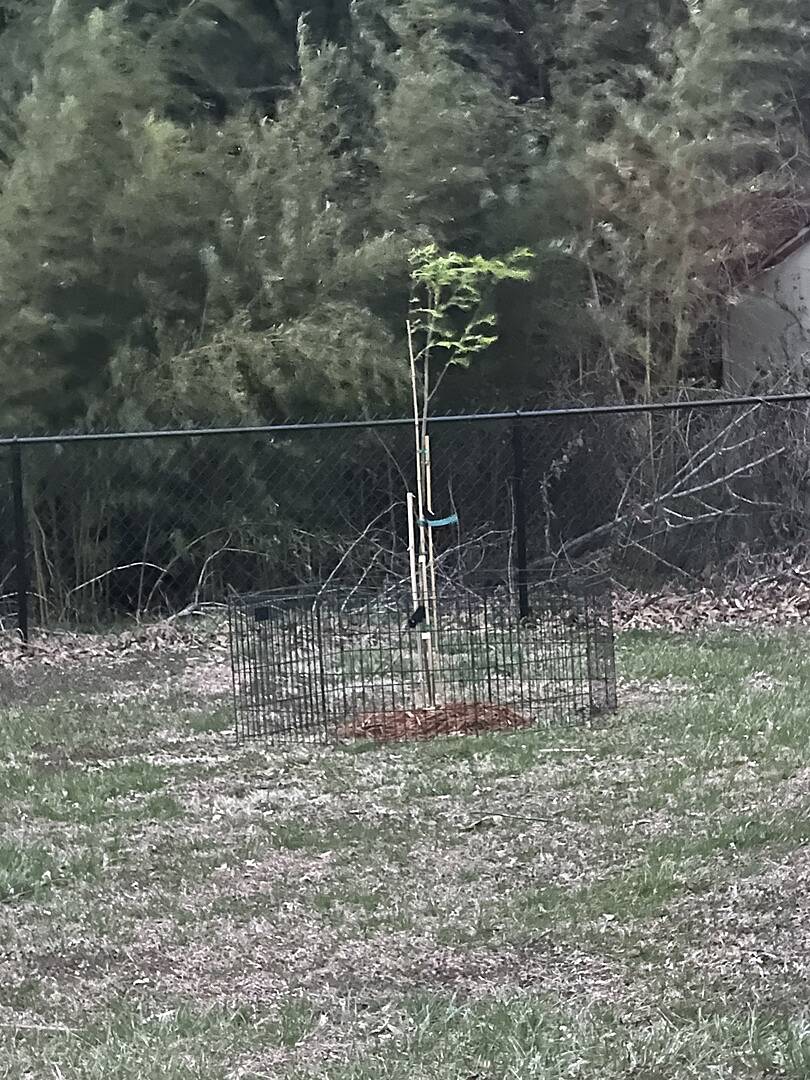Yellow Drought-tolerant Virginia Trees
Collection Results
From the stunning vistas of the Blue Ridge Mountains to the marshy lands of the Chesapeake Bay, Virginia’s historic lands boast prime planting conditions for numerous trees, shrubs, and ornamentals. If you live in the Old Dominion State and you’re looking to enhance the natural beauty of your residential landscape, increase your privacy, or create some shady spots in your garden, FastGrowingTrees has all the Virginia plants you’ll need.
Learn all about the fast growing trees Virginia residents love to nurture in their landscapes below!
The Old Dominion State is famous for its inherent beauty which Virginians like to match with their residential landscapes by planting a range of fast-growing shade trees and colorful shrubs.
Types of Trees in Virginia
Depending on if you’re located in the Atlantic Coastal Plain or Appalachian Plateau, the type of trees and shrubs you choose to plant will depend greatly on your planting zone, region’s weather patterns, and soil conditions. Virginia spans growing zones 5 in the mountains to zone 8 along the coastal regions, providing opportunities to grow a diverse range of plants. Here are just a few of our favorites.
Native Plants: Virginia's diverse ecosystems support a wide variety of native plant species, which can be incorporated into garden designs to attract pollinators, support local wildlife, and create sustainable landscapes. The Honeylocust is at home in Virginia and our Shademaster variety maintains its stunning golden foliage all year round, without the inconvenience of thorns and seedpods. Another Old Dominion State favorite is the American Sycamore. This tree is happy to sink its roots into Virginia soil and grows up to 6 feet each year, providing a thick shade canopy.

Shade Trees: Some great additions are our Autumn Blaze Maple with its flaming fall color, the golden Forsythia, and the Autumn Purple Ash. These trees are fast-growing and never fail to delight with their vibrantly colored foliage.
Evergreens: Maintain foliage through the winter and help increase your privacy with the Leyland Cypress, the most popular privacy tree in the United States. This drought-tolerant tree grows up to 4 feet per year and thickens to create a solid wall. Chinese Privet is another favorite. Great for cultivating in rows for privacy hedges or marking boundary lines, this bush has a variegated leaf of silver and green, making it stand out above your average hedgerow.

Which is the Best Tree in Virginia?
With so many Virginia tree options to choose from, which is the best tree is really a matter of personal preference—but determining what options will thrive in your area will be key to successful planting. Here are some important factors to keep in mind so that your trees will be the best on the block.
Variety of Growing Zones: Virginia's geography spans from coastal plains in the east to the Appalachian Mountains in the west, which results in a wide range of growing conditions. The state spans from USDA Hardiness Zone 5 to 8, providing lots of opportunity to grow a diverse range of plants. Be sure to determine your home’s unique growing zone before selecting plants for your yard.
Long Growing Season: Virginia enjoys an extended growing season, especially in the central and southern parts of the state. This allows gardeners to cultivate a wide variety of fruits, flowers, and herbs, from spring through fall. Virginia has a total of five different climate regions throughout the state: the Tidewater, Piedmont, Northern Virginia, Western Mountain, and Southwestern Mountain regions. The northern regions experience colder winters and shorter growing seasons while the southern regions have a more temperate climate. Rainfall also varies, ranging from just thirty-three inches in the Shenandoah Valley to more than sixty inches in the mountains of southwestern Virginia.
Fertile Soil: Much of Virginia benefits from productive soil, particularly in the Piedmont and coastal plains where the state soil, Pamunkey, is found. This nutrient-rich soil supports healthy plant growth, making it ideal for both gardening and agriculture.
Pest and Disease Control: Virginia gardeners may face challenges such as aphids, Japanese beetles, and deer, as well as diseases like powdery mildew and tomato blight. Pest management techniques, companion planting, and proper plant care can help mitigate these issues.
Common Questions about Virginia Trees
What fruit trees grow in Virginia?
Virginia provides fertile ground for several fruit trees including apples, peaches, cherries, raspberries, and more. When planting fruit trees, it’s important to consider a tree’s pollination needs, as some trees need companions to produce fruit.
When do trees bloom in Virginia?
Your tree’s blooming period will differ depending on the species of tree and the specific region you’re in, but most flowering trees will come to life in early to mid spring, between late March and mid-May, but peak blooming will vary depending on weather conditions for your area.















